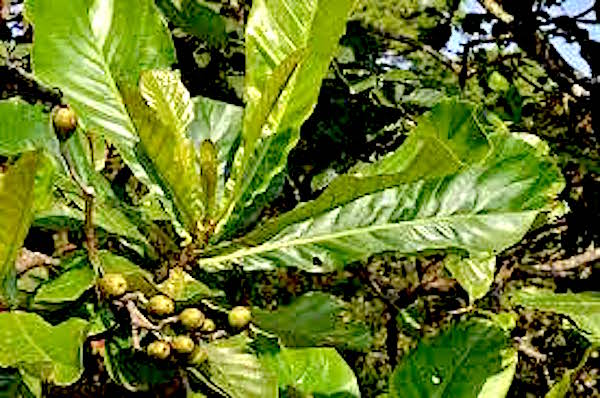Biosystematic Studies in Loganiaceae (Series 3): Stomatal Morphology In relation to intraspecific delimitation among members of the tree species in the Genus Anthocleista found in parts of Tropical Rainforest in Nigeria
by Edwin-Wosu, L. Nsirim and Ndukwu, C. Benjamin
in European Journal of Experimental Biology, 2012, 2 (3):807-813
ABSTRACT
A comparative systematic micromorphological study on species of Anthocleista found in parts of tropical rainforest Nigeria was carried out. This was aimed at delimiting species classification at the intraspecific level, despite their classification into the same genus – Anthocleista.
The investigation revealed the types of stomata and stomatal frequency on the four tree species found in parts of Niger Delta rainforest in Nigeria.
Anthocleista nobilis G. Don is seen to be epistomatic with only the adaxial leaf surface having anomocytic stomata and stomatal index frequency (SI) of 16.70%. Anthocleista liebrechtsiana De Wild and Th. Dur has paracytic stomata (33. 33%) on both surfaces respectively, while A. djalonesis A. Chev had cyclocytic (16.70%), staurocytic (20%) stomata on both surfaces, however the abaxial surface had additional anisocytic stomata (25%). Anthocleista vogelii Planch had anomocytic on both surfaces but difference in SI with adaxial (25%) and abaxial (20%).
Exception of Anthocleista nobilis, the latter three species are said to be amphistomatic in stomatal distribution. Despite their similarity which might have grouped them into the same genus, the stomatal variation might prove taxonomically useful in delimiting the different taxa at the species level.
Read the full article: Pelagia Research Library
